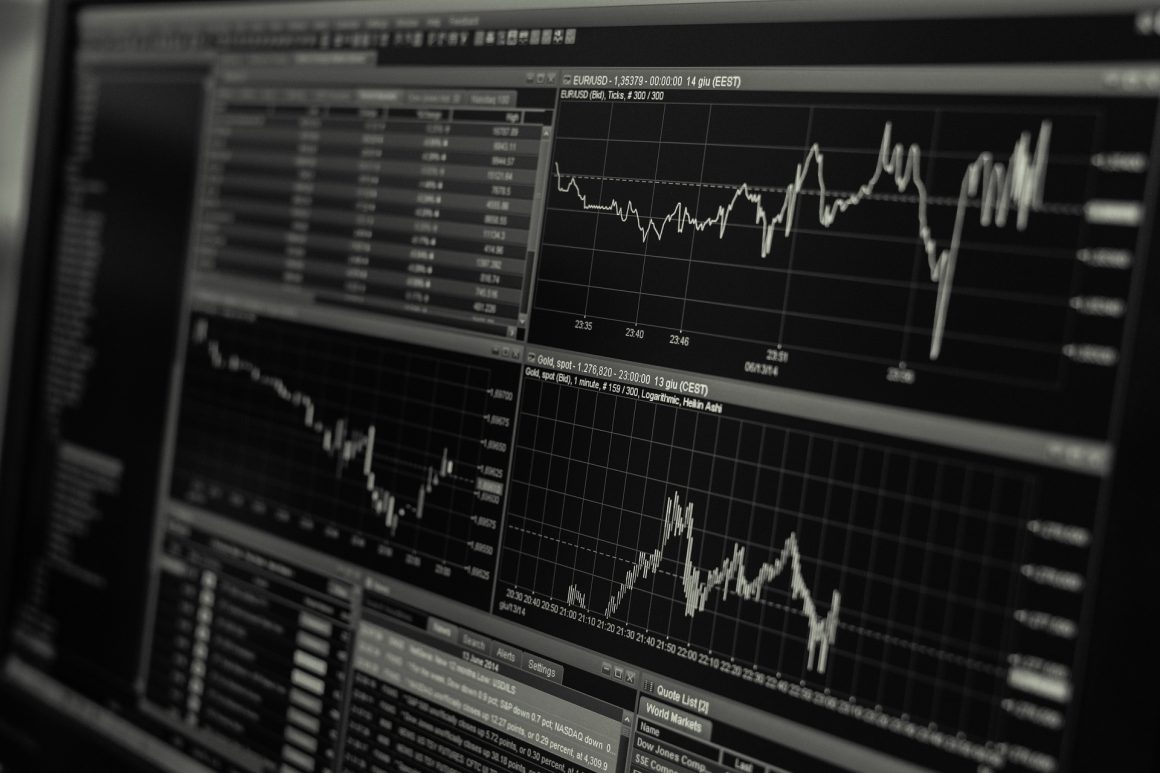Three learning models form the basis of this project: deep learning (DL), transfer learning (TL), and online learning (OL). The progress of these three models is the backbone of the project.
DL is a technology that has been revolutionizing data analysis for some years. TL tries to exploit models learned from other settings to explore their adaptation to a different problem. The objective is to have a lower computational cost in the training procedure, reusing models that have already been learned. Although the use of TL is massively associated with DL and the use of pre-trained networks to reduce the burden of long training times, it is not the only model that can be improved by TL. Finally, OL is a variant of machine learning that is also called incremental or real-time in the literature. OL models have been present in the literature almost from the beginning of the machine learning. However, as happened with DL, the advancement and the reduced cost of the hardware have created new challenges. In this case, the sensors have become a source of data in many industrial processes. The need to have constantly trained models that can detect anomalies is very useful in problems such as predictive maintenance. The use of techniques such as incremental learning or TL is also present in OL.
In summary, our proposal is to advance in the directions that the challenges of Intelligent Data Analysis pose in the coming years, obtaining more efficient models without loss of effectiveness. Three learning models with their own characteristics and a set of transversal lines: a better parameterization of the models based on new optimization heuristics. Analyze metrics capable of comparing efficiency and effectiveness for the three learning paradigms DL, TL, and OL. Finally, to investigate how to achieve the explainability, and when not possible, at least the interpretability of the models.


